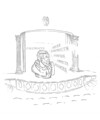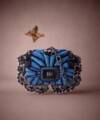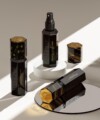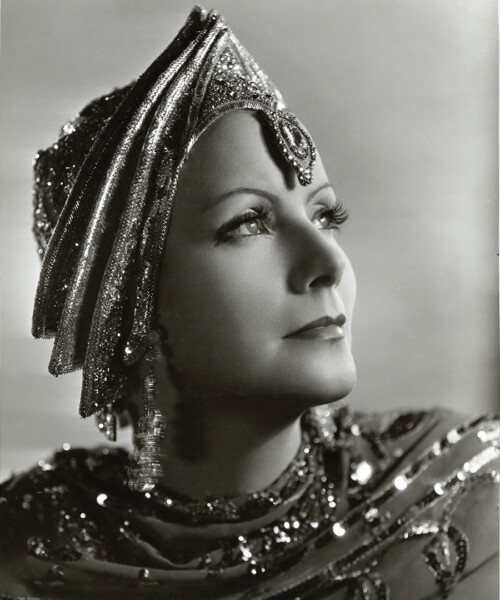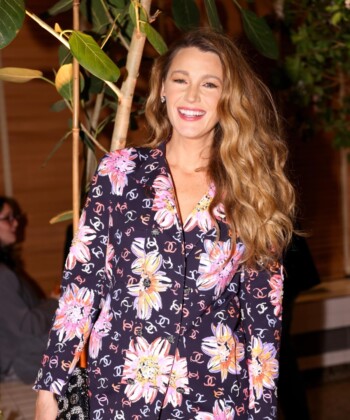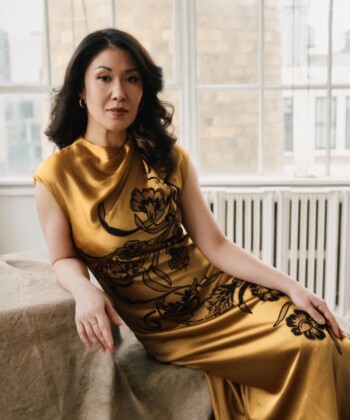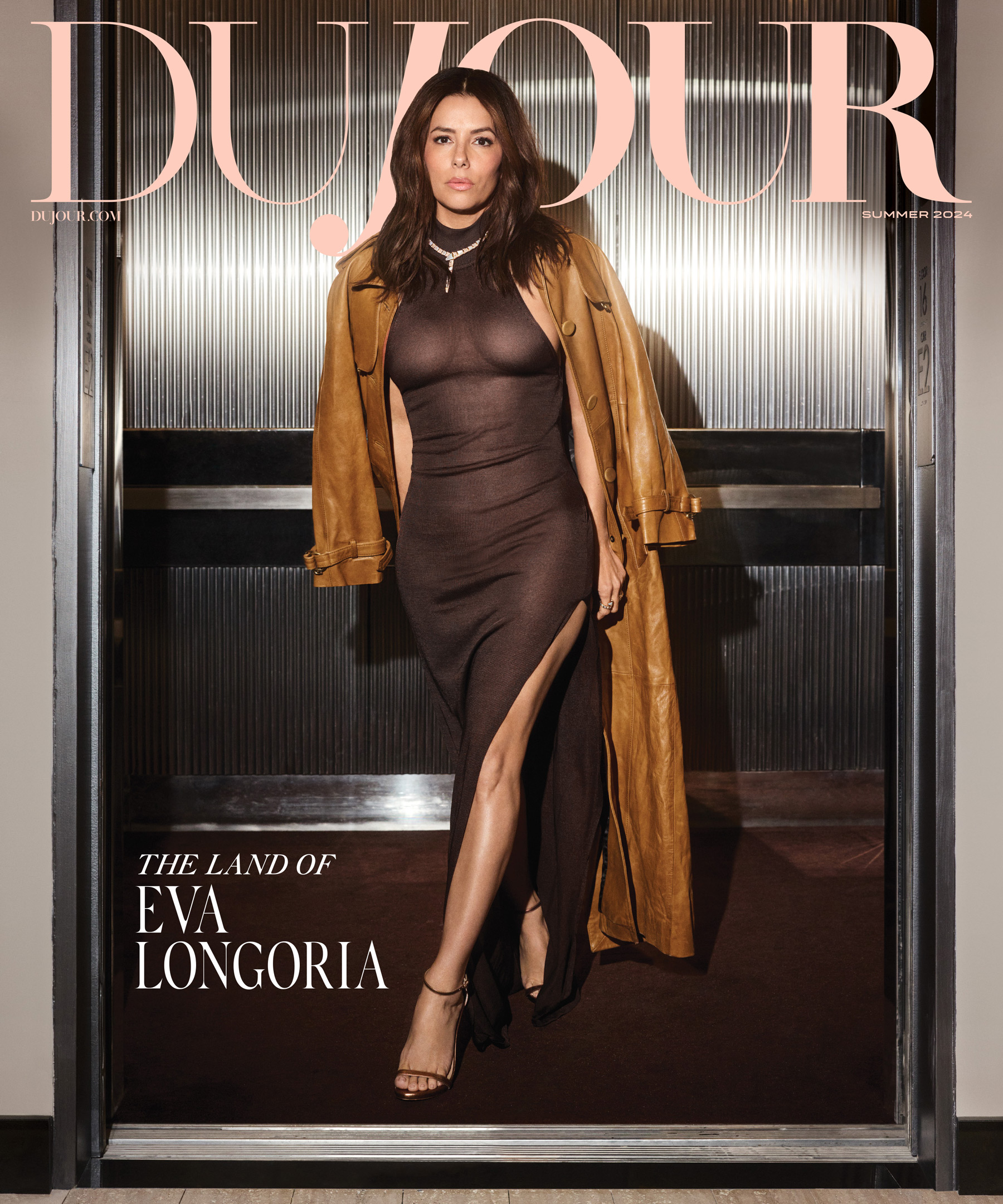Greta Garbo was the star of the 1931 film Mata Hari, but her headdress, pictured here, played a significant supporting role. The seductive headpiece, designed by Wizard of Oz costumer Adrian Adolph Greenberg, was the defining feature of the film’s titular lead, a Dutch spy who disguised herself as an exotic dancer to gather secrets from the Russian opposition during World War I. In the film, Garbo is rarely seen without it; in fact, the original opening striptease (later heavily censored due to the passage of the Hays Code) ends on a wide-angle shot of Garbo wearing nothing but the ornate crown.
Garbo was a notoriously sphinxlike MGM starlet. She started out in silent films that long hid her Swedish accent, but managed to reinvent herself for the talkies thanks to hits like Mata Hari, her highest grossing film, that played on her exotic origins. But even at the height of her fame, Garbo juggled dueling personas; while publicly linked to actor John Gilbert, Garbo never married and was rumored to have had affairs with women including Marlene Dietrich. It was also rumored that Garbo worked as a spy herself, allegedly collecting intel on Swedish Nazi sympathizers for Britain’s Secret Intelligence Service.
Today, the headdress is housed in the collection of the Academy of Motion Picture Arts and Sciences, organizers of the Oscars and the custodians of 120 years of film history. In 2019, that collection will finally have a permanent home in L.A.’s forthcoming Academy Museum. “The headdress is a rare example of an Adrian-designed costume from the early 1930s and the signature element of Mata Hari, one of the most successful films of Garbo’s career,” says associate curator Ryan Linkof. “It is an icon of the film and of her star persona.”
Split between a landmarked, Art Deco building that once housed the Miracle Mile’s premier department store and a new spherical addition designed by Renzo Piano, the 300,000-square-foot, $250-million museum will showcase iconic pieces, like the tablets from The Ten Commandments and the Mata Hari headdress, which would come to embody Garbo’s career after she abruptly walked away from Hollywood at 35, later depicted by Andy Warhol for his 1981 “Myths” series. “These cinematic artifacts will be integrated into installations showing the many unique art forms that constitute the filmmaking process,” says Linkof. “Combined with the immense holdings of the Academy’s Margaret Herrick Library and the Academy Film Archive, the museum’s exhibitions will tell a multilayered history of the achievements of filmmakers from the origins of the medium through the present day.”
In addition, the museum will also include a 1,000-seat theater capable of screening everything from 3D to the earliest nitrate reels. “The Academy’s mission has long been to preserve and promote the history and practice of filmmaking; the museum’s collecting plays an important role in that mission,” says Linkof. “Very few institutions in the world have understood these objects as worthy of preservation, and much of film history has been lost because of that institutional oversight. The Academy Museum will maintain the integrity of these objects, preserving them for posterity, and providing an exciting, multimedia context in which to understand their historical, scientific, and artistic achievements.”
Gelatin silver print of Greta Garbo by Clarence Sinclair Bull, courtesy of the Margaret Herrick Library.








